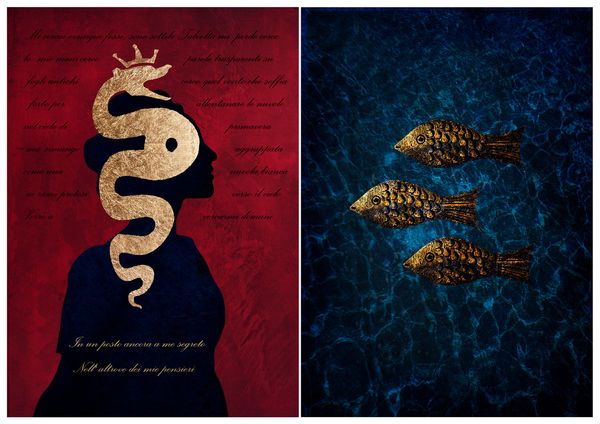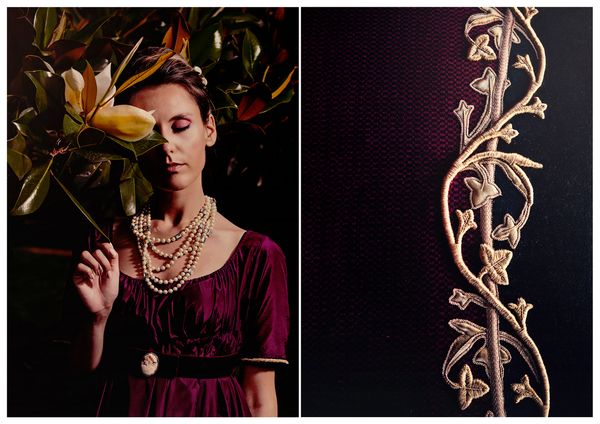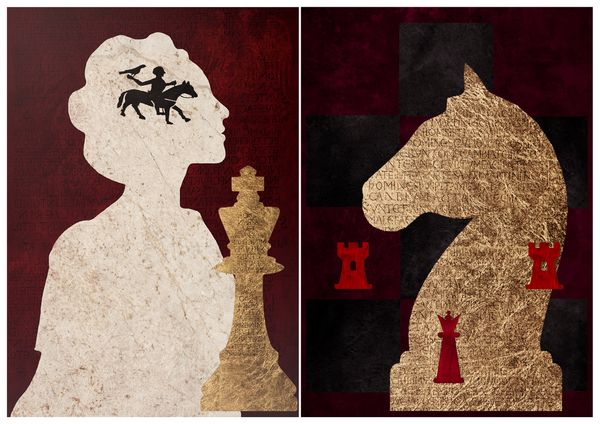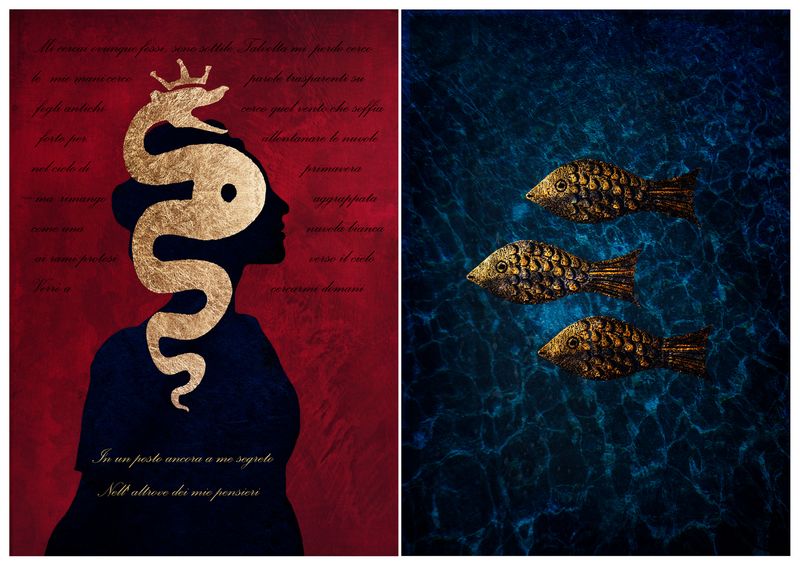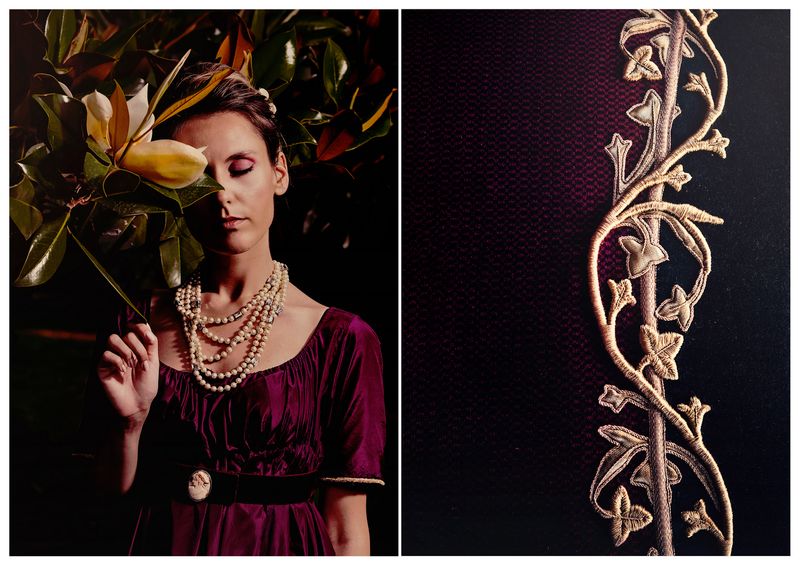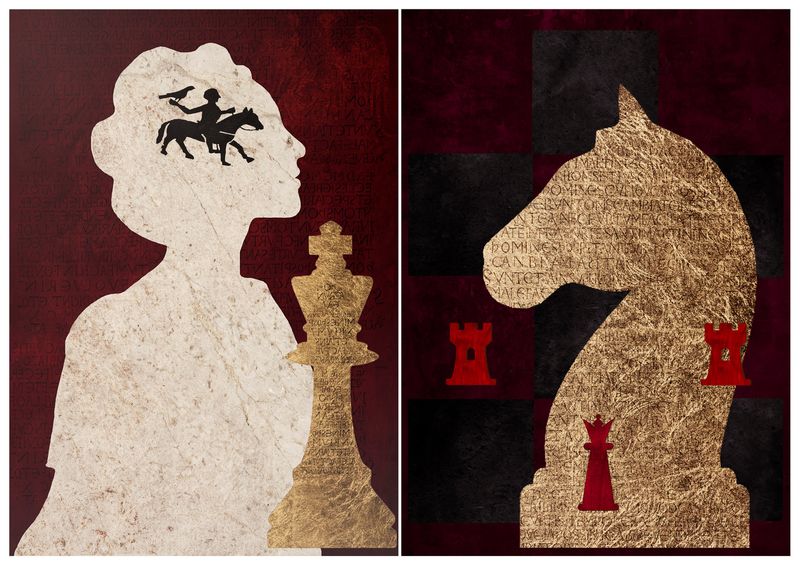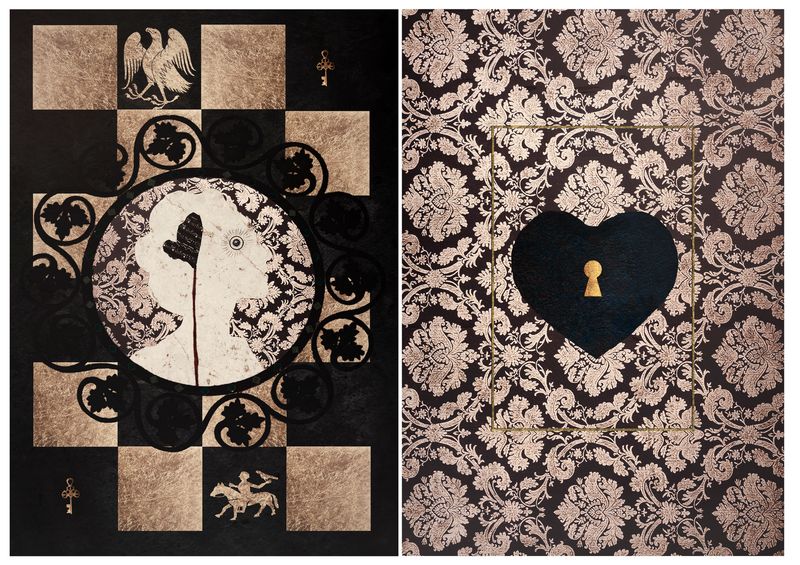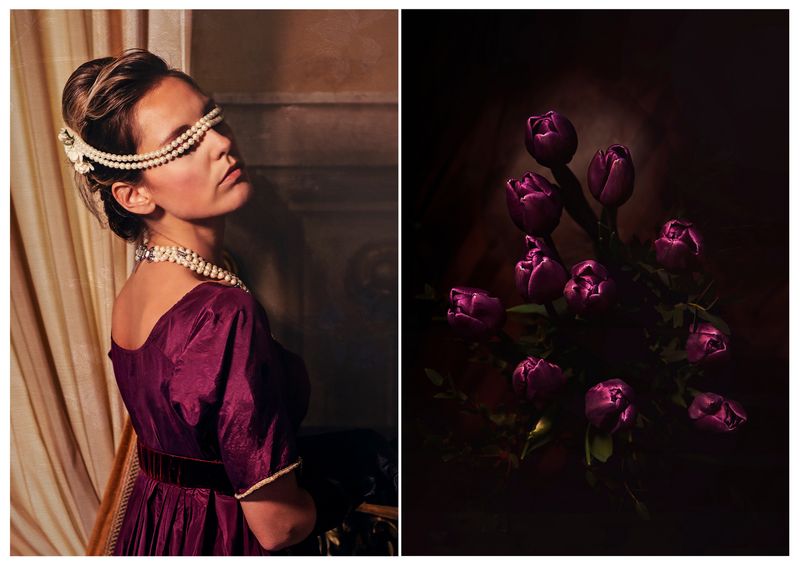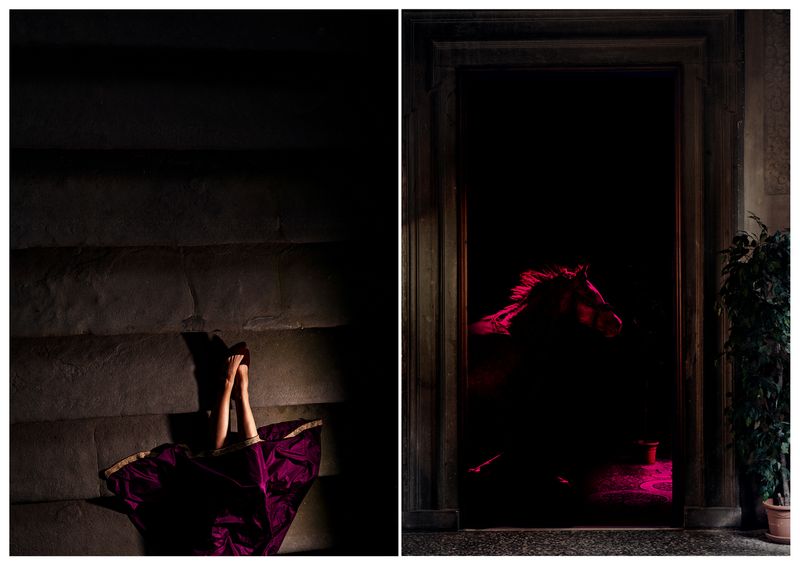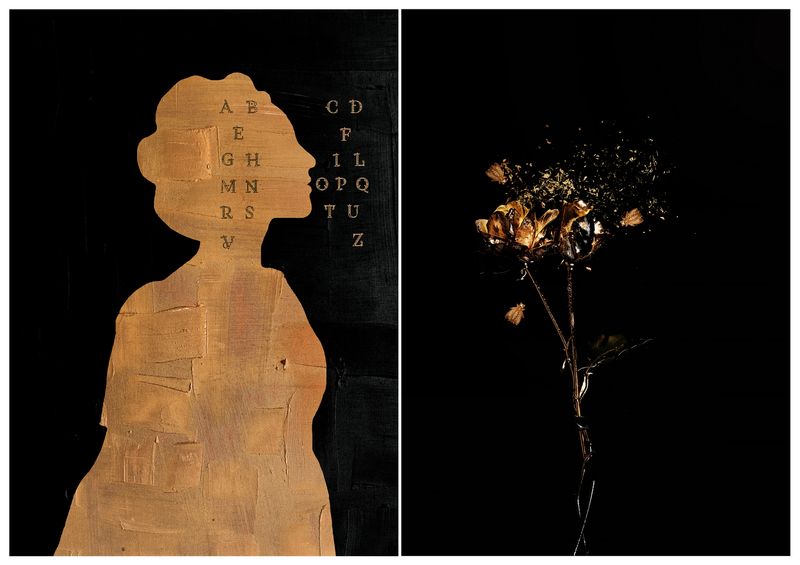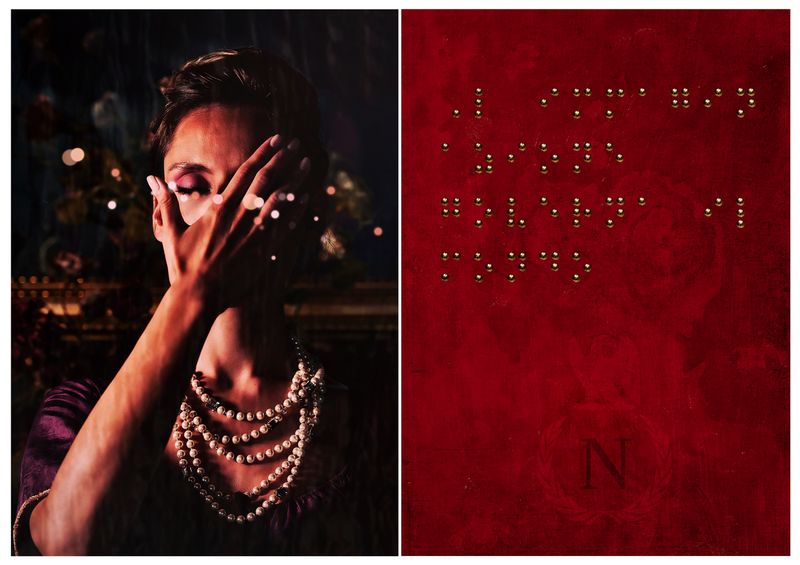French Velvet
-
Dates2022 - 2022
-
Author
The memory of women, silenced for a long time, described the political and social changes with different sensitivities and language. Elisa Bonaparte Baciocchi became the keystone for a story that until now has been only partially told.
In the summer of 1805, a foreign dynasty was forcefully imposed by an imperial power. Elisa, as sister of Napoleon Bonaparte and wife of Felice Baciocchi, reigned in Lucca until 1814. At first she was the princess of Lucca but she succeeded in becoming the Grand Duchess of Tuscany. She was considered the ‘revolutionary princess’ because she governed with prudence and foresight. She supported the arts, public works, welfare, and educational institutions. Elisa showed the strength of her character both in good times and in adversity.
In every picture of this series you feel a sweet restlessness. Behind the dynamic colours something slightly abrasive comes out. The essence of Elisa Baciocchi Bonaparte is captured and trapped in the image. She is shown in a new way - with emphasis on her physical and emotional self.
The spectator is invited to enter the artist's world, one dominated by imagination.
